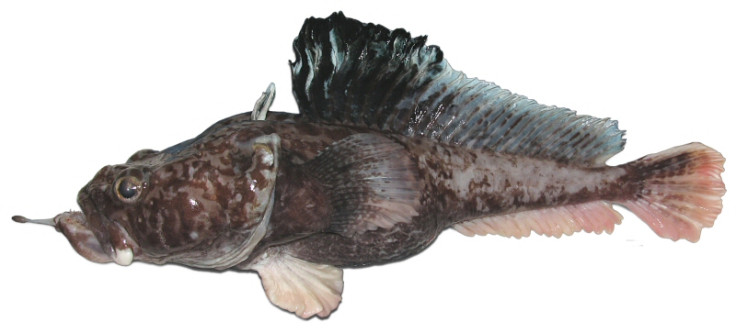Walking Shark, Sneezing Monkey and Yeti Crab: Top Ten New Animal Species
An incredible variety of new animal species have been discovered around the world over the last decade. Most recently, a new type of river dolphin, the Inia araguaiaensis, was discovered in the Araguaia river basin in Brazil.
IBTimes UK brings you our top 10 of the new incredible wildlife of recently discovered species, from a sneezing monkey to a small shark that crawls along the seabed.
Walking shark, Hemiscyllium halamhera
This type of epaulette shark was discovered off the eastern Maluku island of Halmahera, Indonesia. It was spotted by divers as it "walked" along the seafloor. It can grow up to 27 inches long and is harmless to humans. In 2013, it was classified as a new species, although it was first seen in 2008.
Skeleton shrimp, Liropus Minisculus
These amphipods belong to a family called Caprellidae. They were found living in a reef cave offshore from California's Catalina island and were identified by experts from the University of Seville. Their descriptions were published in October 2013, in the journal Zootaxa. They are only a few millimetres in length.

Dead Leaf Toad, Rhinella Yunga
These toads are masters of disguise - and are named after their ability to camoflage themselves as leaf litter. The species was found in the Peruvian Andes and belongs to the Rhinella Margaritifera group. First described in the Zookeys journal, it shoots poison to protect itself from predators.

Olinguito, Bassaricyon neblina
This meat-eating mammal was discovered by US scientists in the fog forests in Colombia and Ecuador. It is part of the Procyonidae raccoon family and has been described as a "bear-cat". It is the first new carnivore to be discovered in the western hemisphere in over 30 years.
Beezlebub bat, Murina beelzebub
This bat was discovered in the Greater Mekong area of southeast asia. Part of the Vespertilionidae family, the bat is small enough to fit in the palm of your hand. However, it is known for its vicious behaviour, hence its nickname "demon bat".

Sneezing monkey of Myanmar, Rhinopithecus strykeri
This monkey was discovered in 2010 in northern Myanmar (Burma). It has upturned nostrils which fill with water when it rains, causing the primate to sneeze. Fauna and Flora International discovered the species as part of the Myanmar Primate Conservation Programme.
Pea-sized frog, Microhyla nepenthicola
The tiny frog was found in Borneo, southeast asia in 2010, by Conservation International. The largest adult males do not reach more than half an inch long and it has been described as the smallest frog to live in Europe, Asia and Africa. It takes part in an "amphibian symphony" at dusk, making rasping noises with silent intervals.

Hopbeard plunderfish, Pogonophryne neyelovi
Ukrainian fishermen did not recognise this fish when they found it off the coast of Antarctica in 2009/2010. Previously undiscovered, the genus Pogonophryne, also known as the short-barbeled plunderfish, has a total of 22 species. It has an exceptionally large liver, which takes up 35% of its abdomen.

Yeti crab, Kiwa hirsuta
This species was found in the southern Pacific Ocean in 2005. It is approximately 15 cm long and is easily recognisable by its blonde hairs, or setae. It is thought to be blind because Yeti crab's eyes lack pigment. It was found by Robert Vrijenhoek, from the Monterey Bay Aquarium Research Institute in California, and Michel Segonzac, of the Census of Marine Life.
Lesula monkey, Cercopithecus lomamiensis
This incredibly familiar-looking creature was discovered in the Democratic Republic of Congo in 2007. It has been described to have human-looking eyes and a blue hindquarters. Lesula monkeys are particularly susceptible to bush hunting.

© Copyright IBTimes 2025. All rights reserved.






















